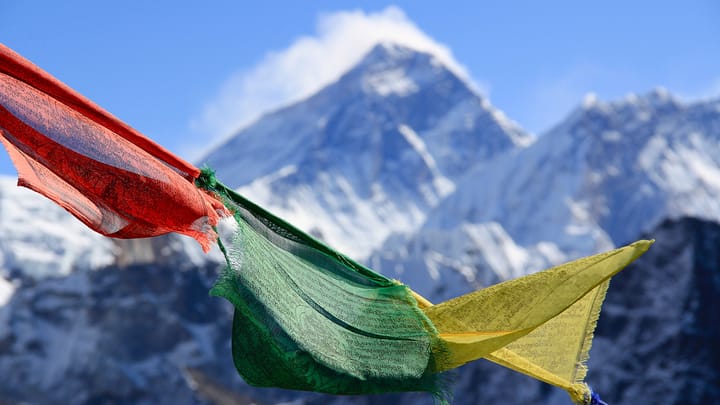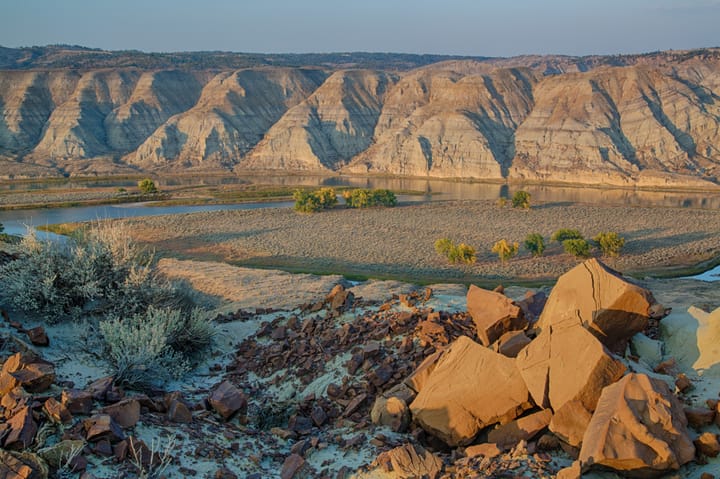A 100-year-old foot recently “shocked” the world, after it was discovered poking out of a glacier on Earth's highest mountain. Does it matter?
Read next

Everest or Chomolungma? Denali or McKinley? What’s in a Name?
Why recognizing indigenous names for the world’s natural wonders does more than pay lip service to indigenous groups.

Norway Could Open Nearly 400 Protected Rivers for Development
This decision, if passed, would erase decades of protection efforts and permanently alter the natural landscapes that define Norway’s wilderness.



